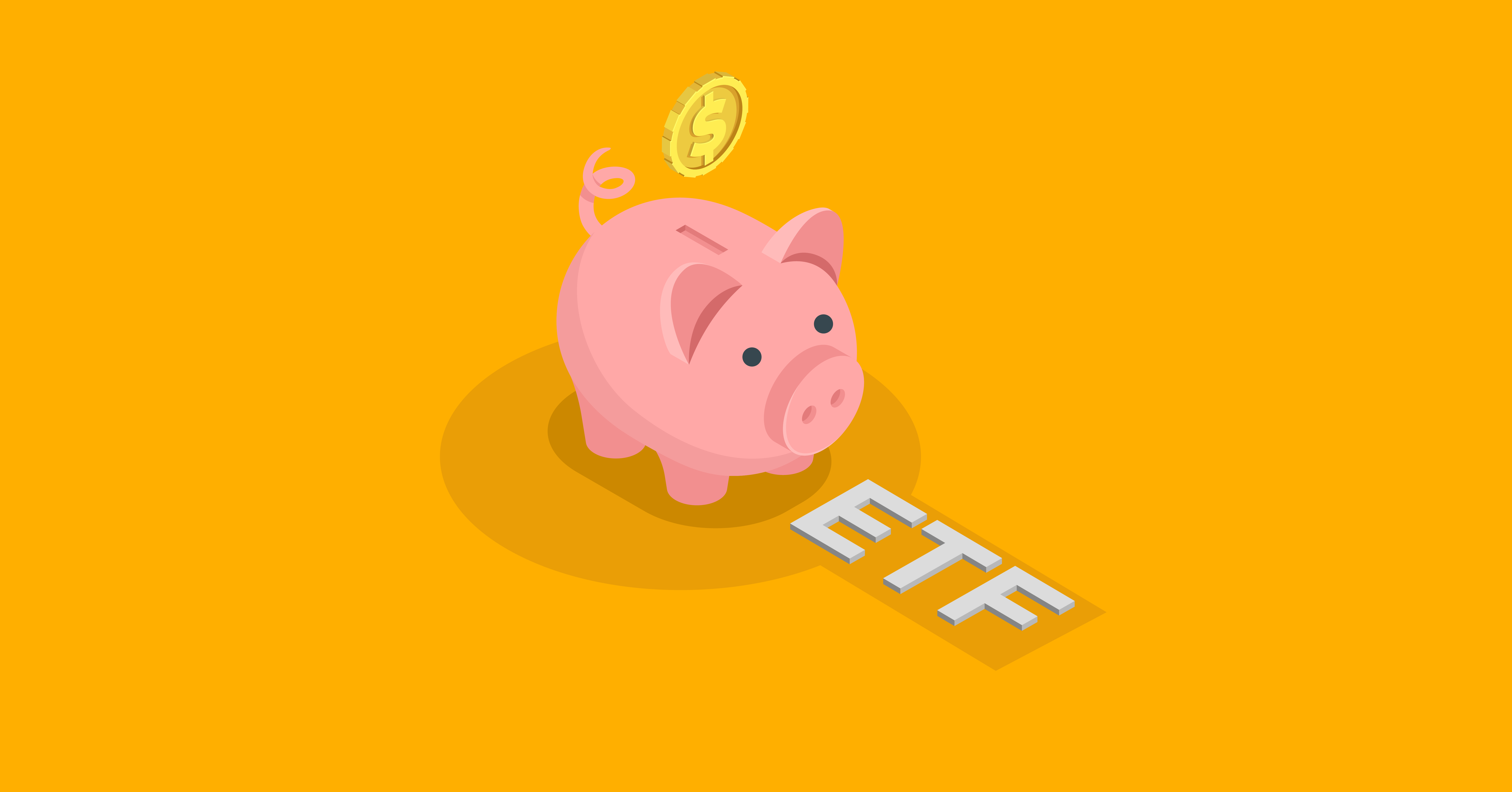
Why Do We Choose ETF?
Written by Kirsteen Ng and Will on 2016-11-18
Exchange Traded Fund, commonly known as ETF, is a type of marketable security that tracks an index, commodity, bonds or a basket of assets like an index fund.For its tracking feature, it is often referred as a passive index instrument.Apart from subscription and redemption, investors are eligible to trade the ETF in the secondary market, making it more accessible. The first ETF was introduced by State Street Global Advisory in 1993 which tracks S&P 500. Ever since then, ETF has become more and more popular among investors.
The properties of ETF
• Low fees and commission
One of the main features of ETF is its low expense rate, especially when compared to traditional mutual funds. The passive nature of index investing, low turnover rate, diluted accounting expenses all contribute to the lower fee. SPDR SP500 ETF has over US$1,900 billion under management. However, its expense rate is merely is 0.09%. On the contrary, the average expense rate of Chinese mutual fund is 1.5%.
• High liquidity
Mutual fund publishes its net asset value at the end of each trading days, and hence there is much ambiguity for its investors between the hours. However, unlike mutual fund, ETF is traded in the Stock Exchange throughout the trading clocks. Intraday trading allows investors to follow the market movement and react instantaneously.
• Transparency
According to the US Securities and Exchange Commission, mutual fund only has to report their holdings quarterly. So individual investors might not know the performance of the fund within the interim three months period. On the contrary, ETF is transparent as its composite replicates its tracing index. Therefore, an individual can easily monitor and comprehend the performance of the ETF. In addition, owing to the existence of different exits choices, the price and net value of ETF have little discrepancy, thus allowing investor to make timely decisions.
In short, we can understand ETF as a basket of underlying stocks which resembles a specific index. The combination of all the features makes ETF an attractive instrument to many investors.
ETF and Passive Investment?
As mentioned early, an ETF tries to replicate the performance of a stock market index and hence the stock component of the ETF is highly dependent on the market’s reaction of that day. The ETF will automatically rebalance the component of its stock unit in order to mimic the nature of the tracking index as closely as possible. Many investors often have biased views of the benefit of passive investment strategies and have underestimated its return. However, in reality, ETF has been quite a widely used instrument due to its relatively better performance.
BlackRock iShares Core ETF has outperformed 80% of the mutual funds of similar nature in the past 5 years. Meanwhile mutual funds with active investment styles haven’t outperformed the markets under volatile conditions, after having taken taxation and expense into consideration. Only 7.82% of US Equity Fund has performed better than industry average in a five year span, which implies only 60% probability, 10% higher than arbitrary selection, according to Create Research.
For the past 10 years, 99% of the European actively managed funds investing mainly in US equities have underperformed the S&P 500. While 98% of global equity investment funds were beaten by the S&P 1200 as well. Figure 3 shows the performance of the funds are likely to remain in their previous percentiles. Funds that beat the average only have 54% chance to remain atop. In other words, the Matthew effect does not necessarily holds for fund investment.
There is no surprise that mutual funds have not been performing as well as expected. And we believe there are a few reasons to that.
• The return of investment is diluted by larger asset under management, as profitable investment opportunities are uncovered slower than the inflow of asset.
• In order to exceed the benchmark index, actively managed funds will focus on stocks in a specific area. Consequently, the risk of the portfolio could not be diversified.
• Returns under actively managed funds are relatively low. Under this circumstance, investors are even more sensitive to the high management fee which is compulsory upon investing on the funds.
This helps to explain why there was US$2,50 billion outflow from actively managed funds. Meanwhile, US$1,300 billion has flown into the passive strategy investment sector. Is the reverse of cash flow a coincidence?
ETF’s past performance
We have been discussing the features and benefits of ETF, but how well does it perform? Let’s see some cases.
Both Harvard Endowment Fund and Nevada Pension Fund have an approximate value of US$350 billion under management. The management team of Harvard Endowment Fund is an impressive line-up, consisting of over 200 financial experts, including seasoned Goldman Sachs bankers. Meanwhile, the latter pension fund is only a team of three people , sitting in a small office in Las Vegas.
But when it comes to realizing return, too many cooks may have spoilt the broth. The pension fund’s 6.2% realized return has been outperforming Harvard Endowment Fund’s 5.7%..We look at Nevada’s Pension Fund’s strategy and realized that secret recipe lies within. According to Stephen J. Edmundson, the Investment Director of the fund, their main investing strategy is passive investment and cost reduction. He allocated 90% of the portfolio into the following ETFs:
• Standard and Poor’s 500 ETF – SPDR(SPY) – 42%
• EAFE Index ETF-iShares(EFA) – 18%
• US Bond Market ETF –iShares(AGG) – 30%
In 2015, Nevada Pension Fund has spent a total trading commission of US$40 million. On top of the low management fee and operation cost of the small team, the fund has made a substantially better progress than its Harvard counterpart.
AQUMON’s pool of ETF
ETF’s liquidity, low commission fee and high transparency have allowed it to become heated instruments for investors with passive investment philosophy. Believing in the benefits from passive investment strategy, AQUMON has adopted ETF as its asset pool. Leveraging enormous raw market data from Bloomberg, Reuters and Wind, AQUMON analyzes over 2000 ETF globally. Taking asset scale, management fees tracking errors and liquidity into accounts, AQUMON engineers the most optimal solutions catering to the risk preference of investors. For instance, considering instruments tracing US short-term IG corporate bond, AQUMON selects iShares iBoxx Investment Grade Corporate Bond ETF(LQD) for its larger AUM and higher liquidity and turnover.
AQUMON provides investors with preference customization in the dimension of risk level, industry and regions, varying its choices across asset classes, capitalization range and geographic locations. Out of 16,968 possible combinations, we aim to provide to most optimal choice based on your level of interest.
